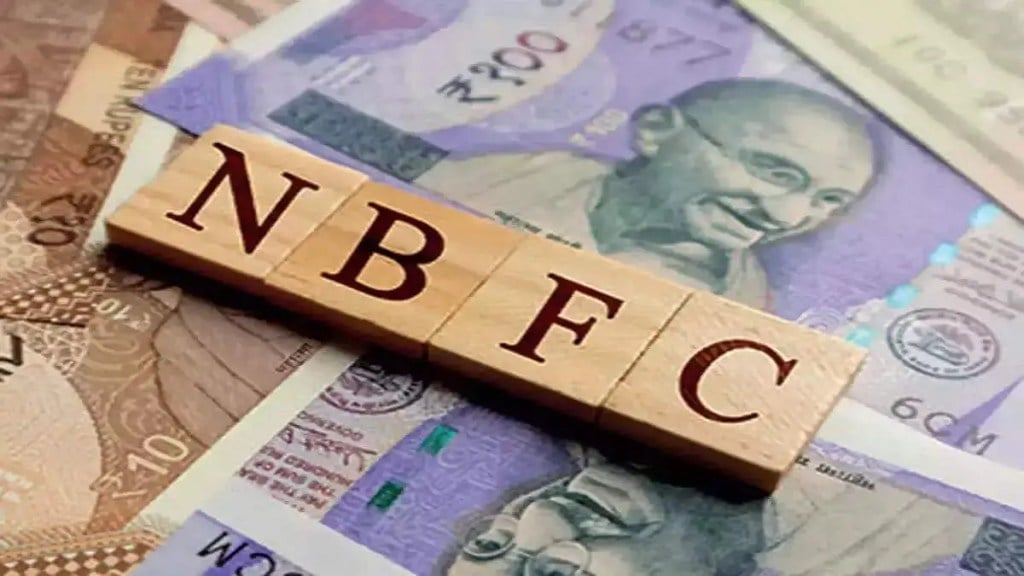The Reserve Bank of India’s (RBI) nudge to micro-finance lenders that they should pass on the benefits of higher margins to borrowers is beginning to bear fruit, as a number of players have already cut rates and many are planning to follow suit.
Industry sources say that close to 20 NBFC-MFI players, including Belstar Microfinance, Svatantra Microfin, and Annapurna Finance have already slashed interest rates in the December quarter. Midland Microfin and ASA International India Microfinance have reduced the interest rate on their loans by up to 125 basis points (bps).
Others like Spandana Sphoorty Financial and Satin Creditcare Network also plan to cut rates across categories soon.
Unlike diversified non-bank lenders, NBFC-MFIs have been aided by the fact they largely operate in the unsecured loan segment. Hence, they are able price their loans on the basis of perceived risk of default. Due to their presence in far-flung areas, these entities are also able to ward off competition from banks in this segment.
Said Shalabh Saxena, MD & CEO, Spandana Sphoorty Financial, “We have already initiated the system changes where we are planning to reduce the interest rates by 50-100 bps for customers who have been with us for more than four years. The company will keep on moderating rates to ensure that customers with a good credit behaviour and reasonable vintage get the benefit of the reduced rates.”
Similarly, Satin Creditcare Network Chairman and Managing Director HP Singh said that the company will likely pass on the benefit of a lower borrowing cost to customers. Earlier, Muthoot Microfin had cut interest rate by 25-55 basis points(bps) depending on the risk category of borrowers.
In recent months, RBI has consistently urged microfinance entities to reduce the interest rate and make their products more affordable. At a public event in February, RBI Deputy Governor M Rajeshwar Rao had repriminded microfinance entities for charging higher rates to borrowers, and for indulging in irresponsible practices. Specifically, he called out lenders for being quick to pass on increased costs to borrowers, while being reluctant to pass on the benefit of higher margins. Currently, the weighted average lending rate of large microfinance entities is at 23.9%.
Earlier, Governor Shaktikanta Das had also asked lenders to be “judicious” in using the flexibility on interest rates that they charge from borrowers. “We had two rounds of meetings with MFIs and advised them to review their rates vis-a-vis their margins. Some of them have been able to bring down,” an industry official said on condition of anonymity.
“NBFC MFIs are facing a higher degree of scrutiny for charging high interest rates. Hence, there was a pressure on them to bring down the cost of loans,” the official added.
Since RBI removed the pricing cap on microfinance entities in March 2022, the net interest margin of microfinance-focussed non-bank lenders has risen by 150-200 bps. Similarly, yields have also risen 250-300 bps in the last two years, according to a report from India Ratings and Research.
“The margins and profitability have to a certain extent, improved from even pre-COVID levels. In that scenario, many entities have proactively gone ahead and reduced lending rate and passed on the benefit to the end customer,” says Jinay Gala, associate director, FI Ratings, India Ratings and Research.
Also, pure-play microfinance entities are exempt from RBI’s risk weight norms and are hence, not required to allocate higher capital for their exposure to unsecured loans. In such a scenario, a steady improvement in profitability metrics and lower costs will serve as the impetus for microfinance entities to reduce interest rates, say experts.
“The pricing policy of financial institutions is primarily based on cost of funds, transaction cost, and risk costs. If one of these factors reduces/increase, it leads to decrease/increase. In other words, it is passed on to consumers,” Alok Misra, chief executive officer and director, Microfinance Industry Network said.


